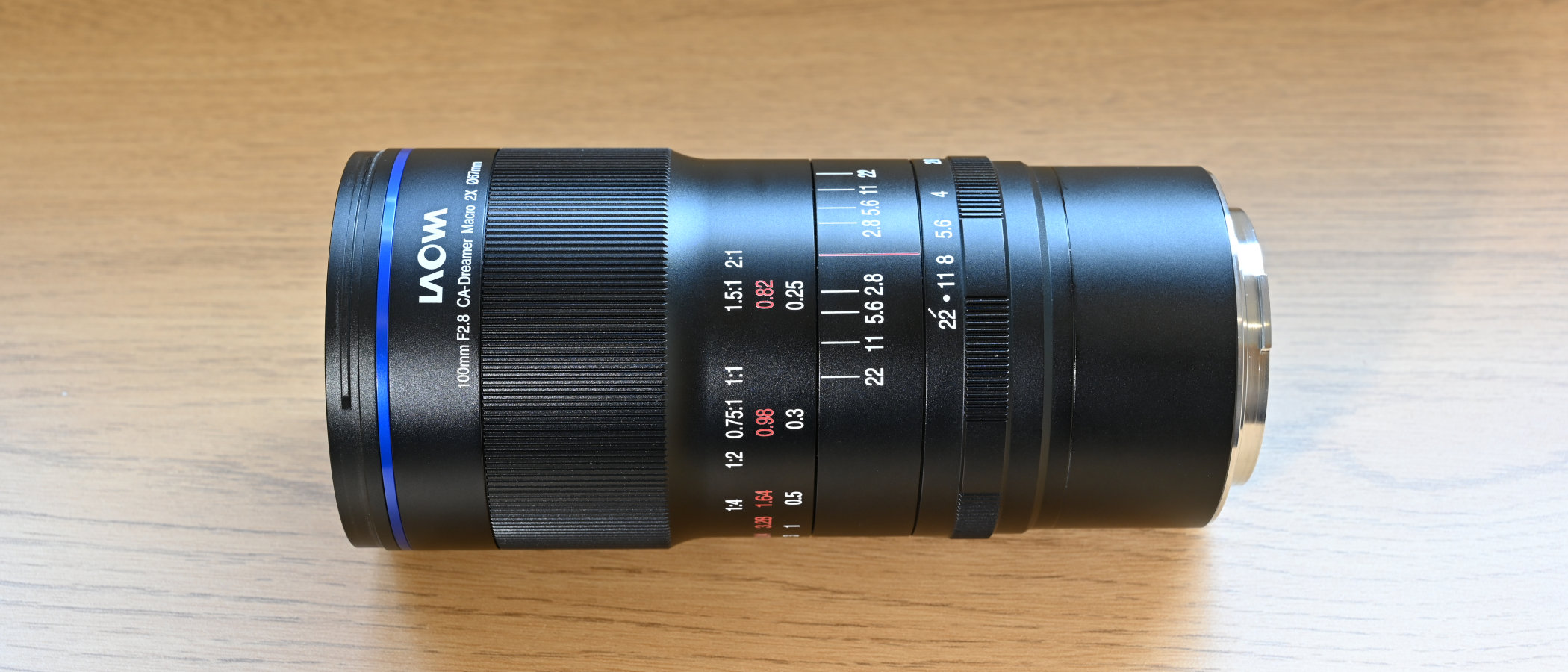Digital Camera World Verdict
Available in Sony FE, Canon RF and Nikon Z mount options, this fully manual lens goes above and beyond regular macro duties, delivering an incredible 2.0x magnification factor at its shortest focus distance of 0.25m. It’s capable of capturing almost microscopic detail but the depth of field is very small even at the narrowest aperture setting of f/22. The lack of autofocus isn’t a major hurdle, as manual focusing is often preferred for extreme close-ups anyway, and the lens is capable of great results.
Pros
- +
Mighty 2.0x maximum magnification factor
- +
Smooth and precise manual focusing
- +
Good image quality
Cons
- -
No autofocus
- -
No electronic link to camera body
- -
Close working distance for full 2x macro use
Why you can trust Digital Camera World
Sold as the Laowa 100mm f/2.8 2x Ultra Macro APO or Laowa 100mm f/2.8 CA-Dreamer Macro 2X, this remarkable lens from Venus Optics gives twice the maximum magnification of most macro lenses.
There are two very similar versions of this lens. The original was designed for full-frame DSLRs, and is available in Canon EF and Nikon F mount. But a more recent mirrorless version was produced for Sony FE-mount mirrorless cameras and is now also available for Canon R-series and Nikon Z-series bodies. The DSLR-format lenses are physically a bit shorter and have a reduced diaphragm blade count of nine and seven, for Canon and Nikon mount respectively. All of the mirrorless format lenses have 13 diaphragm blades, producing a very well-rounded aperture when stopping down. We tested the Canon RF mount version.
Specifications
Mount: Canon RF, Nikon Z, Sony FE, Canon EF, Nikon F
Full frame: Yes
Autofocus: No
Image stabilization: No
Lens construction: 12 elements in 10 groups
Angle of view: 24.4 degrees
Diaphragm blades: 13 (9 in Canon EF, 7 in Nikon F)
Minimum aperture: f/22
Minimum focusing distance: 0.25m
Maximum magnification ratio: 2.0x
Filter size: 67mm
Dimensions: 72x155mm (72x155mm for Canon EF & Nikon F)
Weight: 650g (638g for Canon EF & Nikon F)
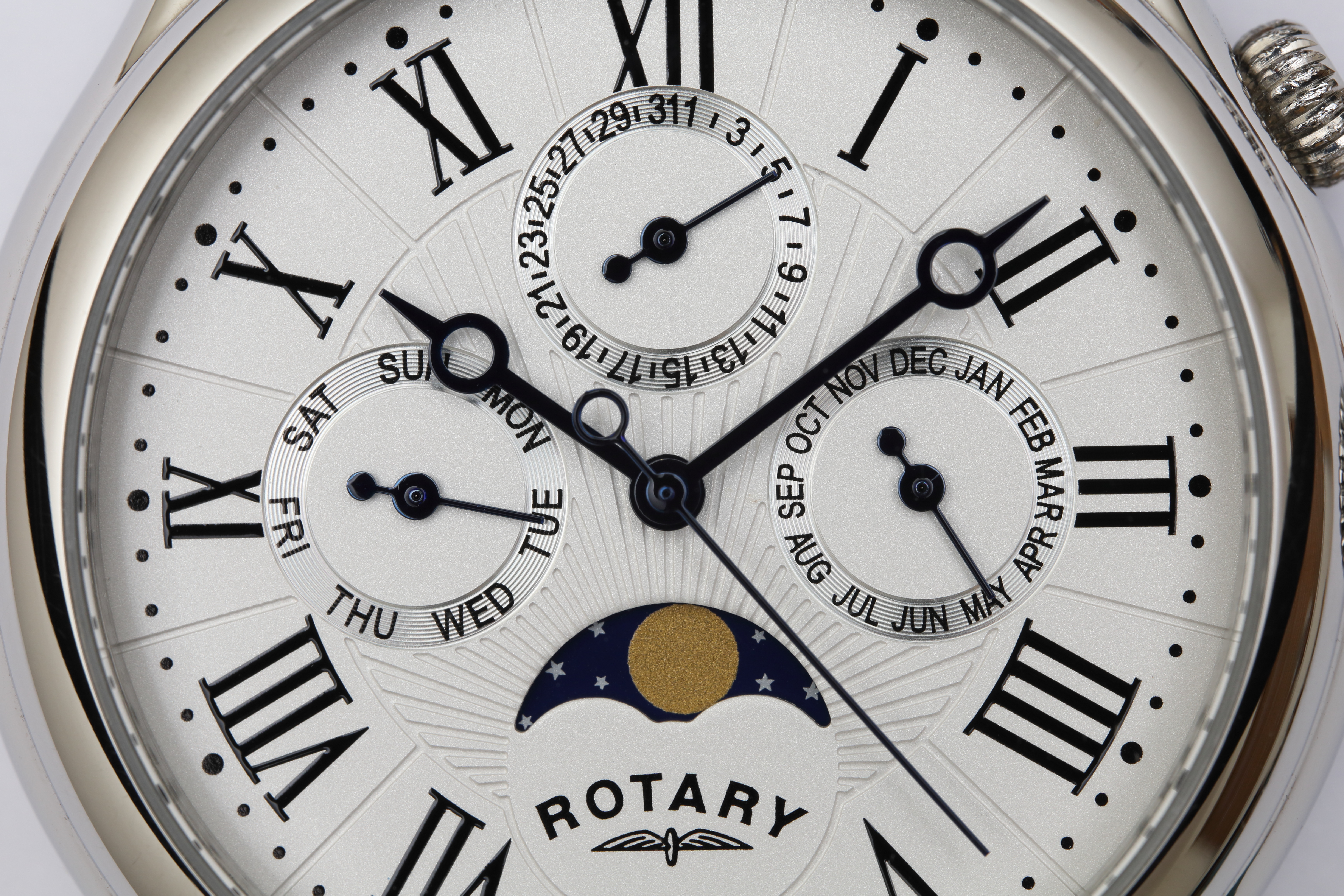
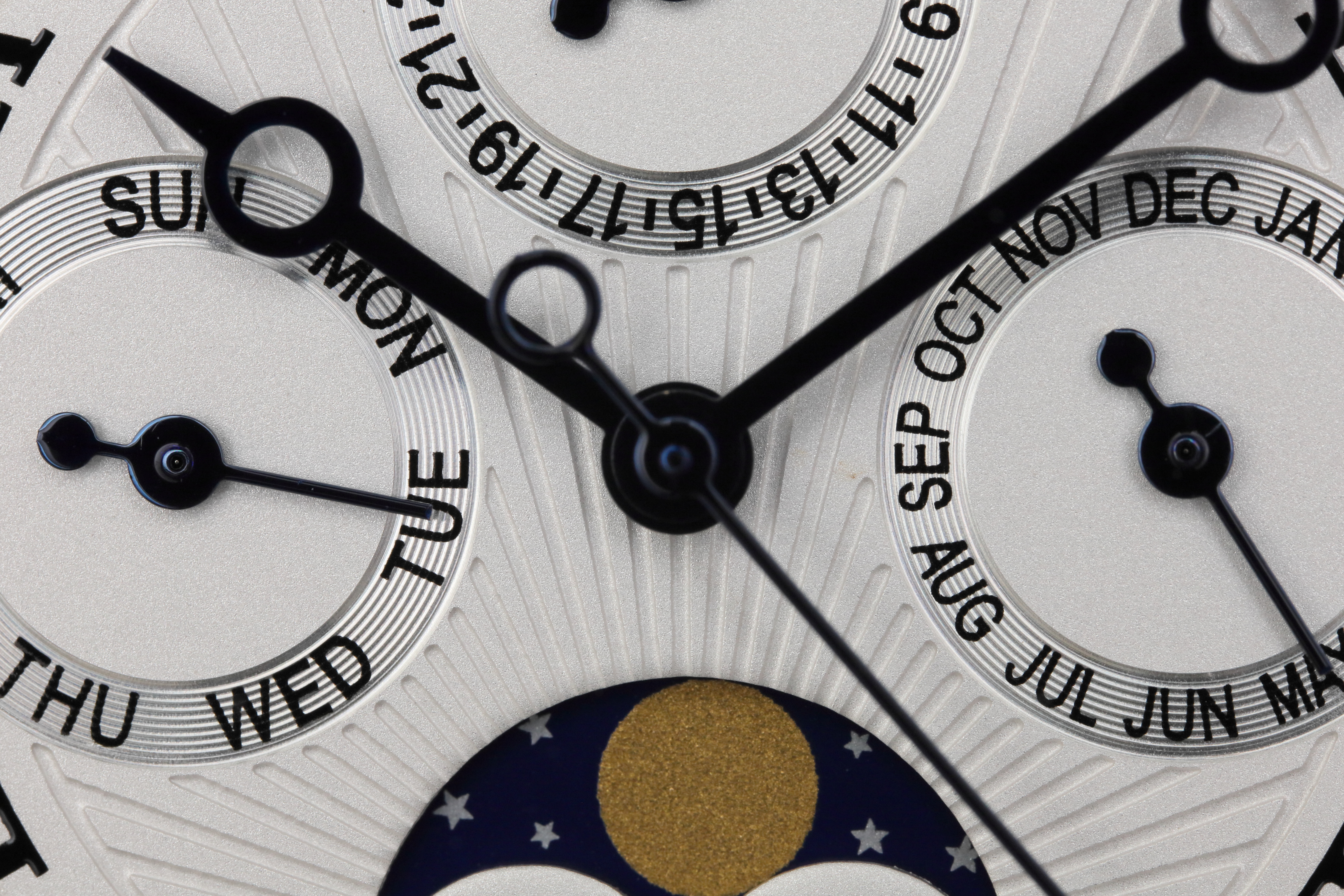
Key features
The vast majority of macro lenses give full 1.0x magnification but the killer feature of this lens is that it gives twice as much magnification, reproducing objects at double life size on the image sensor of the camera. That enables you to capture incredibly fine detail in images, with the availability of enormous enlargements when viewing pictures on-screen or in print.
The Canon EF-mount version of the lens is the only one to feature an electronic chip for aperture control from the camera body. All of the others are fully manual affairs with no electronics whatsoever. This means that, as well as having to focus the lens manually, you also have to set the aperture using the lens’s physical aperture ring. You’re therefore limited aperture-priority or fully manual shooting modes. A further problem is that no lens-based EXIF information is recorded with the image. You might also need to adjust a camera menu setting to enable the shutter to operate ‘with no lens attached’.

Build and handling
Highly accurate focusing is a prerequisite for macro photography. Despite the lack of electronics, focus peaking and enlarged preview are naturally still available in mirrorless cameras. The focus ring itself has a rotational travel of just over a quarter of a turn in total. Most of this is dedicated to the close focus range between 0.25 and 0.5 metres, enabling very fine and precise adjustments when shooting close-ups.
The aperture ring operates similarly smoothly with barely perceptible click steps at each full f/stop. The 13-blade diaphragm narrows in a continuous manner as you rotate the ring. Naturally, when using very narrow apertures, the optical viewfinder of an SLR would become very dark, but this isn’t a problem with mirrorless cameras.
Build quality feels pretty solid and robust, but the lens doesn’t feature weather-seals. Clear markings show the focus distance in feet and metres, as well as the magnification factor. Depth of field markers are also on hand for apertures of f/2.8, f/5.6, f/11 and f/22. These are useful for general shooting but completely superfluous for extreme close-ups, where depth of field shrinks to just a few millimetres, even when using the narrowest available aperture of f/22.
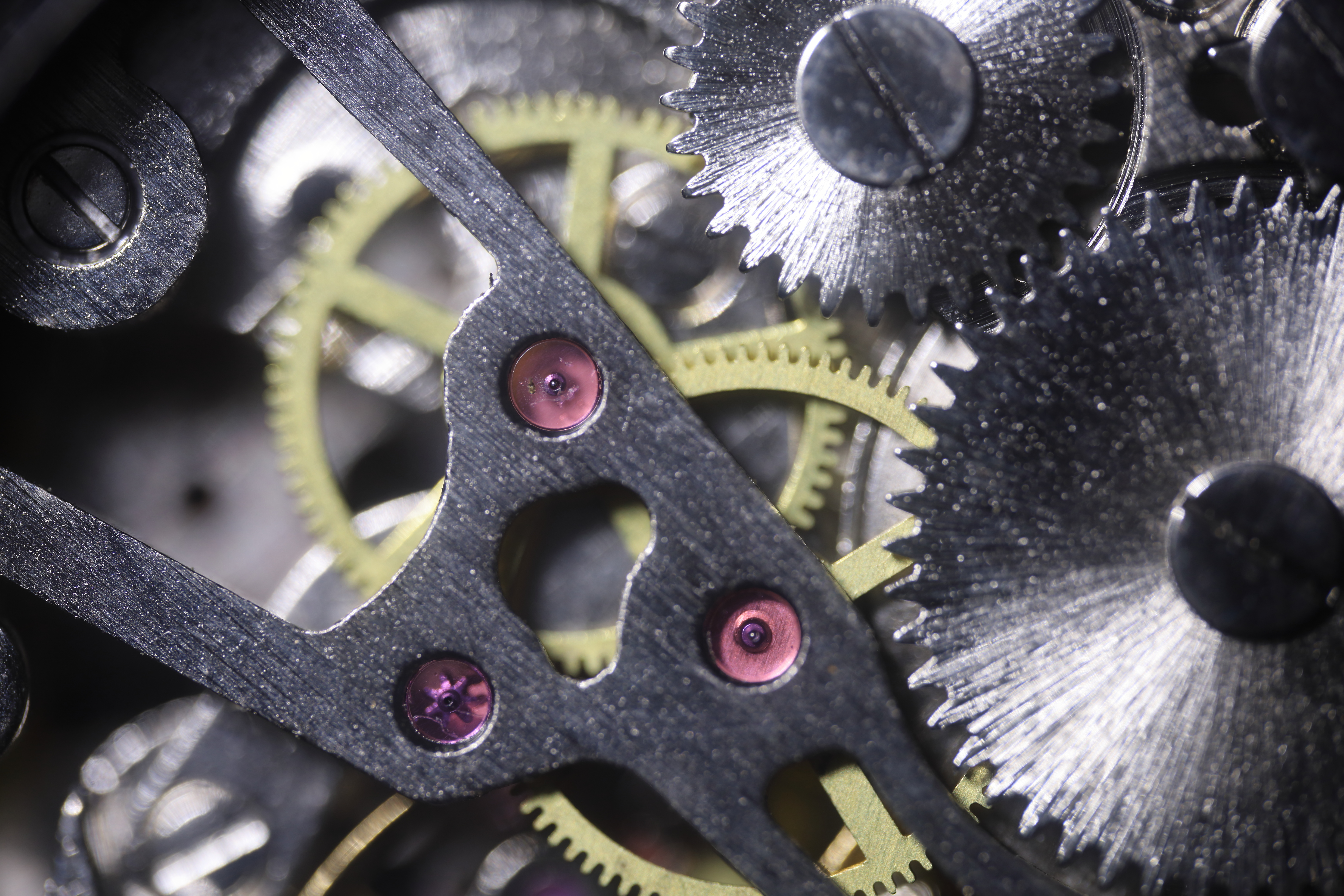
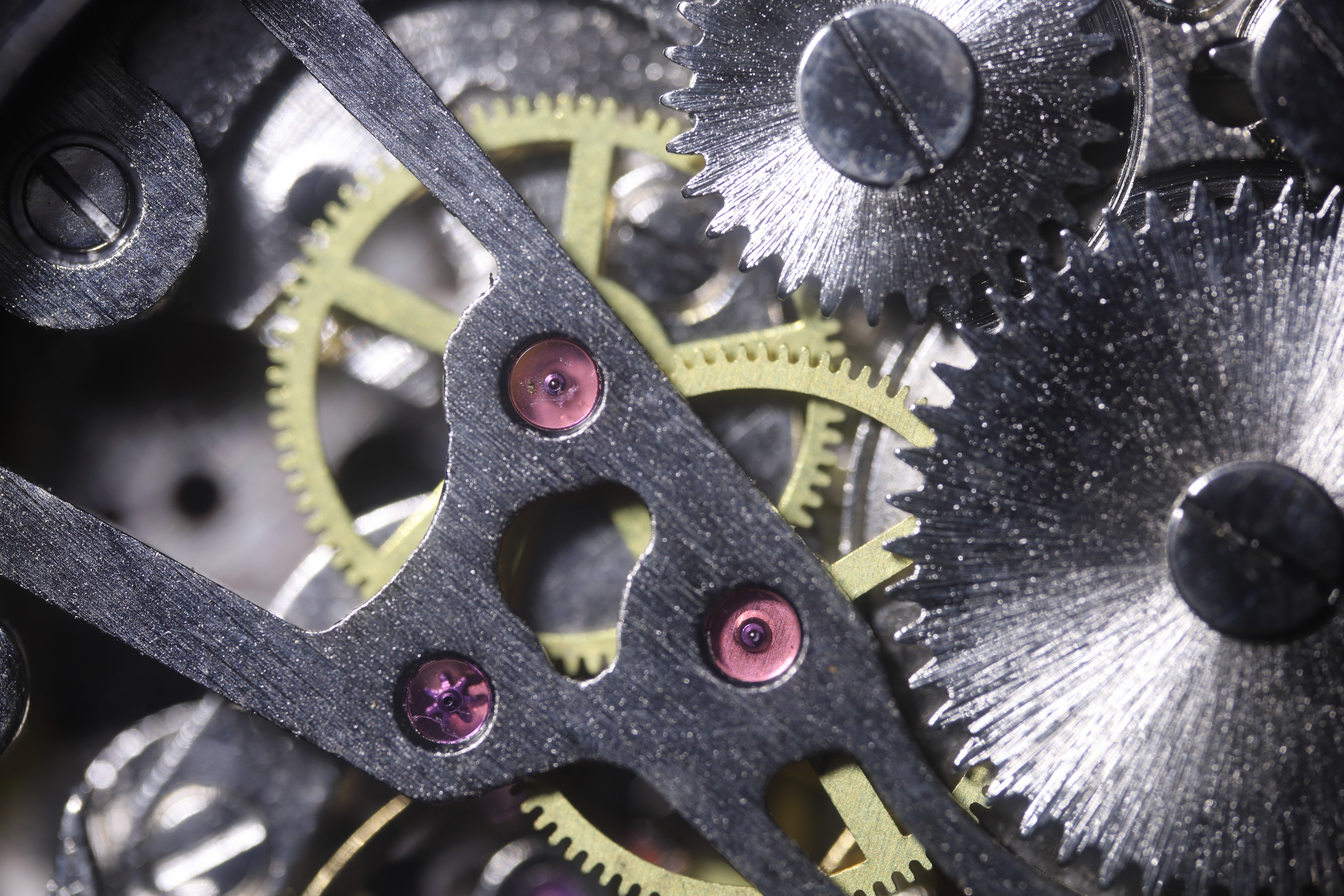



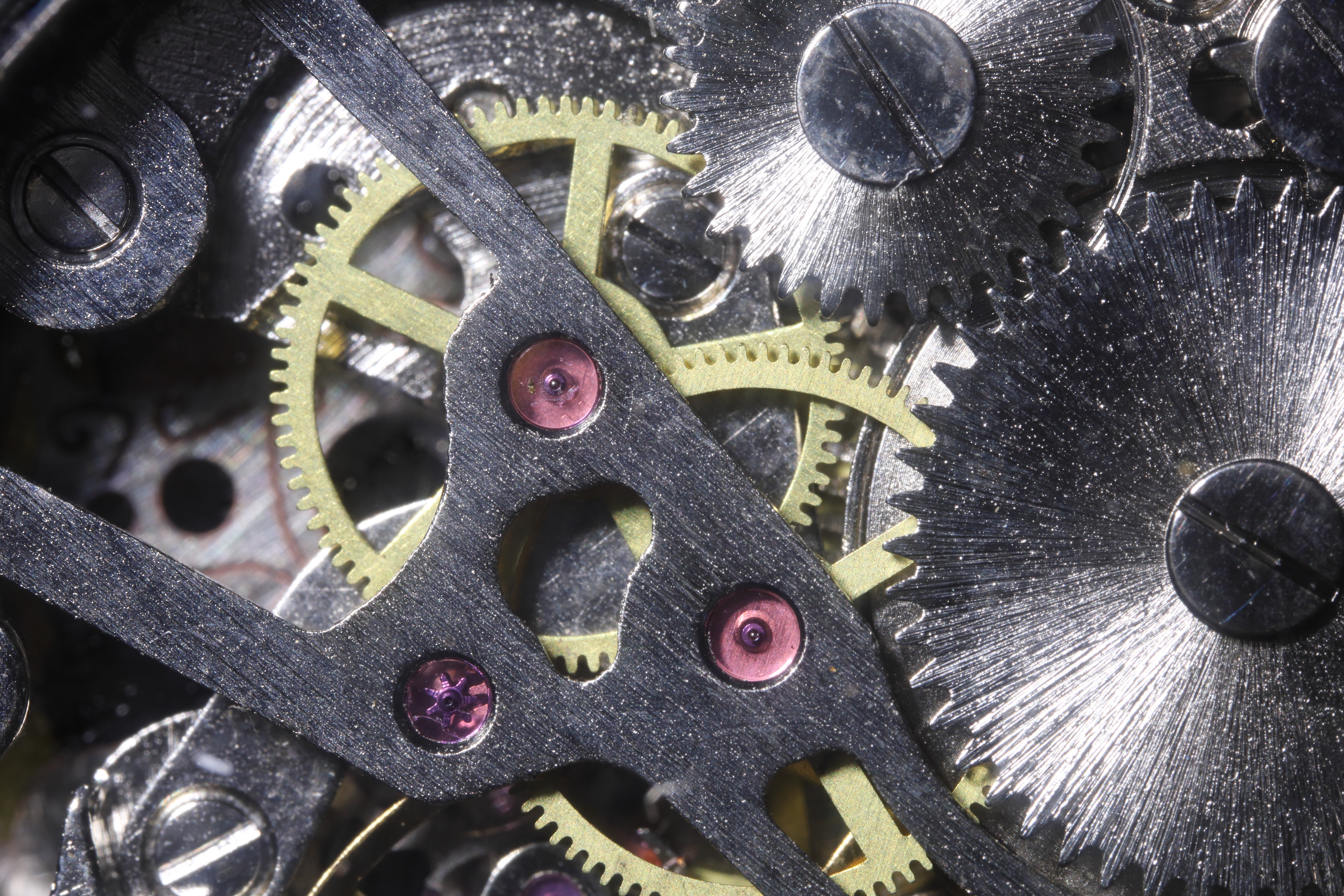

Performance
The mirrorless versions of the lens are quite long at 155mm. They have a fixed overall physical length but, while the inner barrel is deeply recessed at long focus distances, it extends right to the front at the closest focus distance of 25cm. Naturally, this is measured from the camera’s focal plane (the active surface of its image sensor). The net result is that the working distance between the front of the lens and the object you’re shooting is quite short at 9cm for 1.0x macro magnification, shrinking to just 7cm for 2.0x magnification. Most 100mm 1.0x macro lenses have a more generous working distance of around 14-15cm.
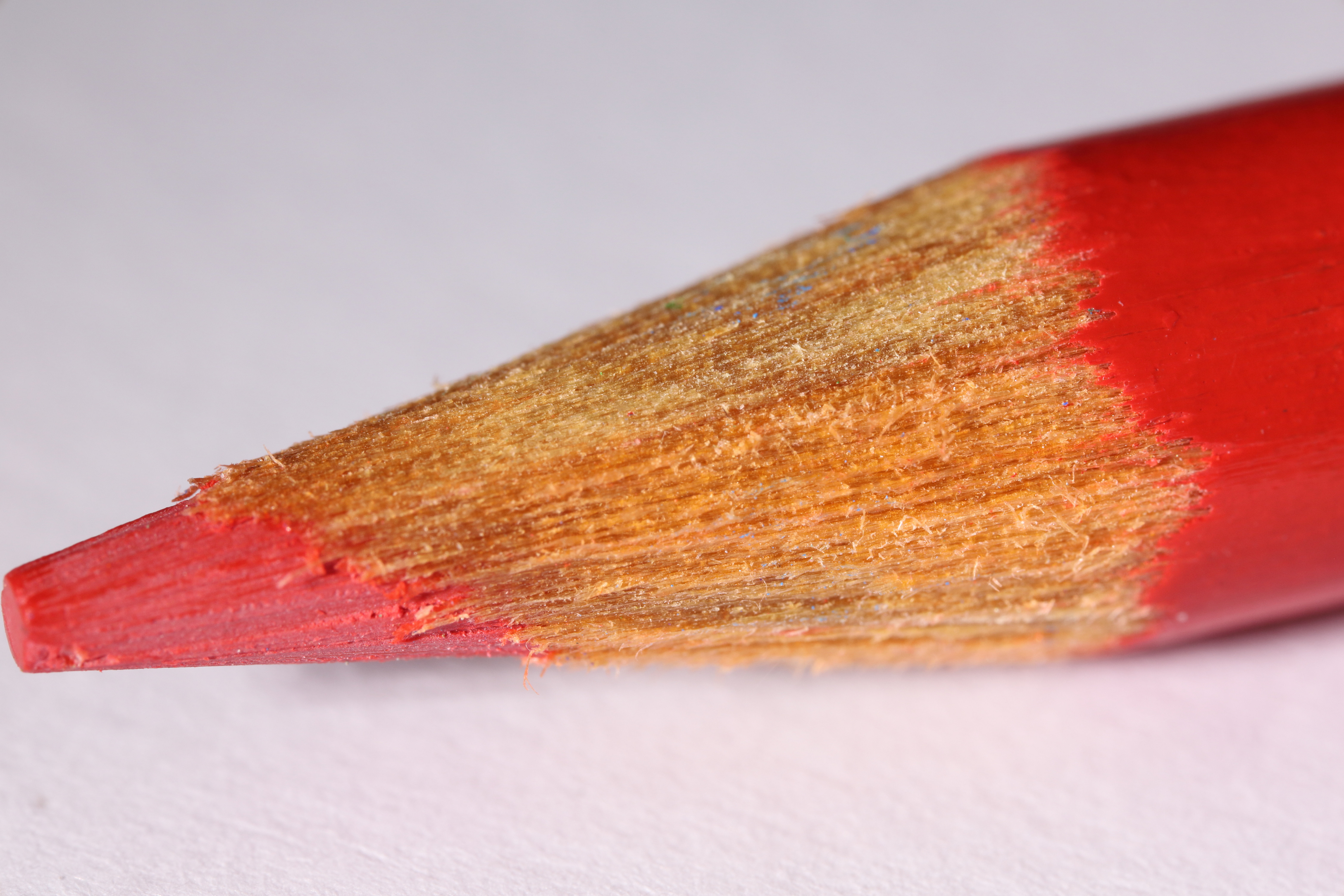
Getting sharp shots can be a real challenge with any macro lens, due to the need for very precise focusing and the ever present risk of camera-shake. Some macro lenses have conventional or even ‘hybrid’ image stabilizers that can correct for x-y shift as well as the more usual angular vibration. This is lacking in the Laowa lens but you can generally take advantage of in-body image stabilization if featured in the host camera. With the Nikon Z 6 and Z 7, for example, you can enter the lens information into the ‘Non-CPU lens data’ section of the camera setup menu. This enables the use of sensor-shift stabilization.
Image quality is very good overall. Sharpness is superb right across the image frame from corner to corner, even when shooting wide-open. Naturally, due to the minimal depth of field in extreme close-up shooting, sharpness at the narrow end of the aperture range is a more important consideration for macro lenses. Sharpness holds up very well right down to f/16 and only really drops off at f/22. Even here though, sharpness remains very impressive and the Laowa is able to capture very fine detail when using its narrowest aperture in close-range shooting.
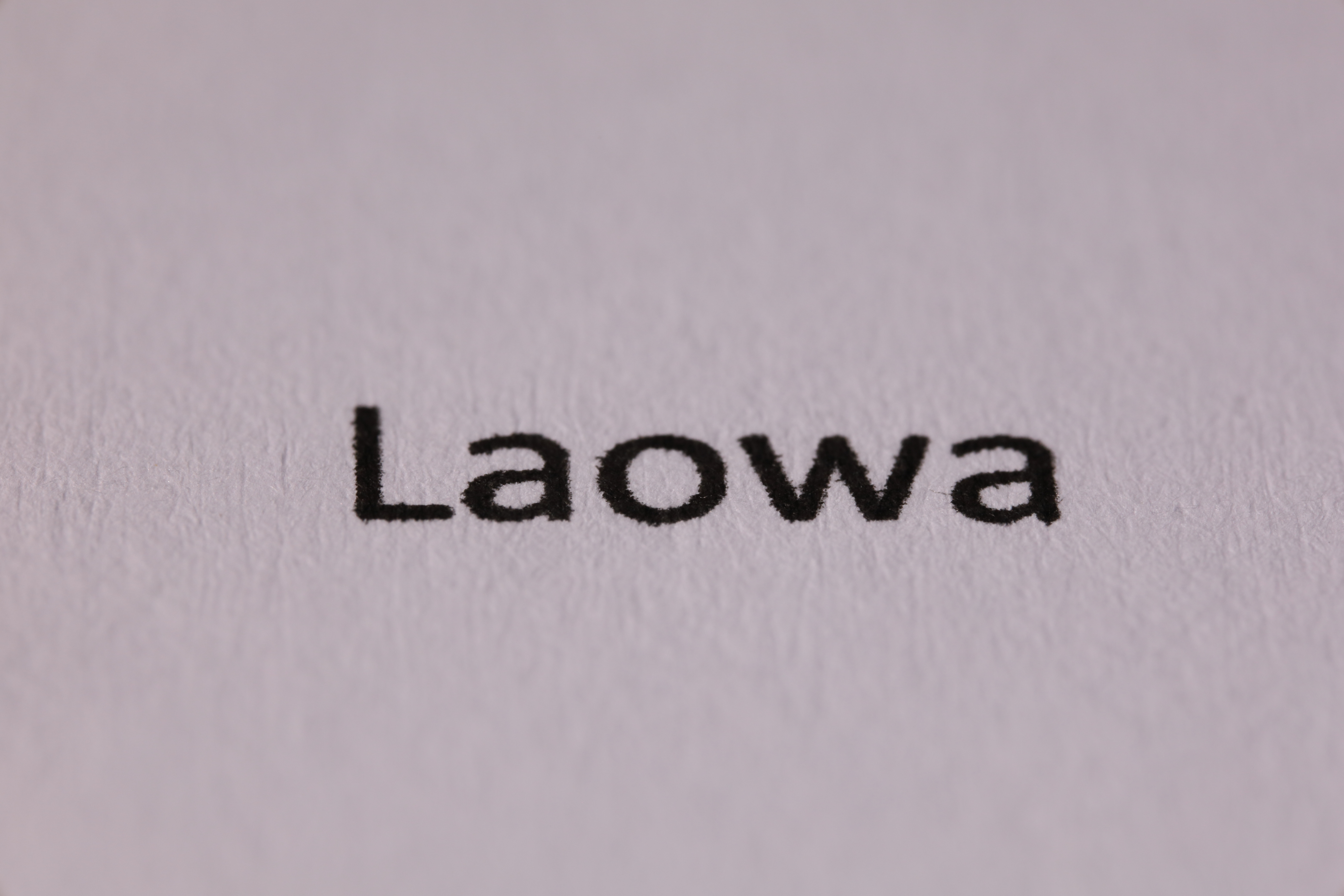
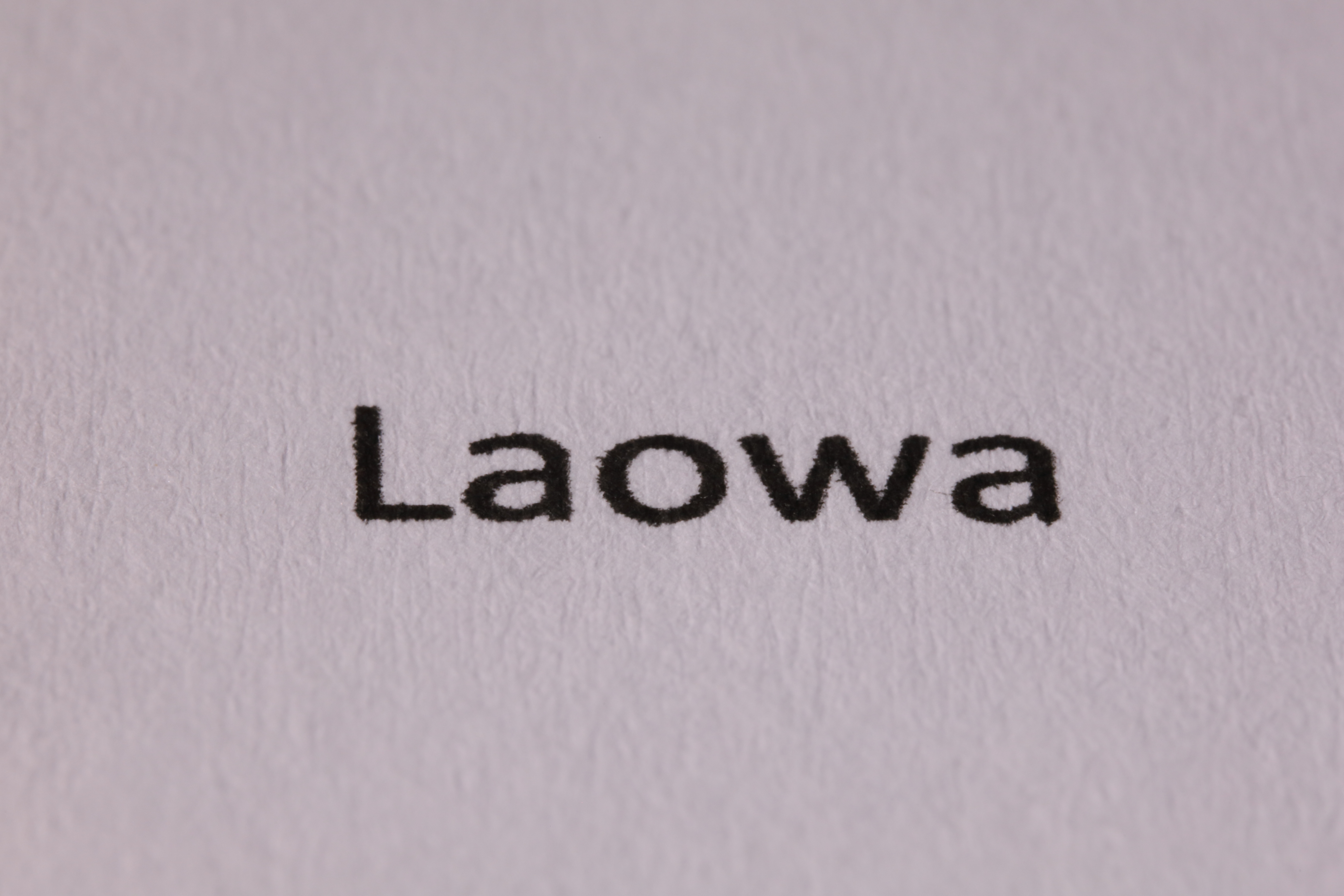
Lab data
We run a range of lab tests under controlled conditions, using the Imatest Master testing suite. Photos of test charts are taken across the range of apertures and zooms (where available), then analyzed for sharpness, distortion and chromatic aberrations.
We use Imatest SFR (spatial frequency response) charts and analysis software to plot lens resolution at the centre of the image frame, corners and mid-point distances, across the range of aperture settings and, with zoom lenses, at four different focal lengths. The tests also measure distortion and color fringing (chromatic aberration).
Sharpness
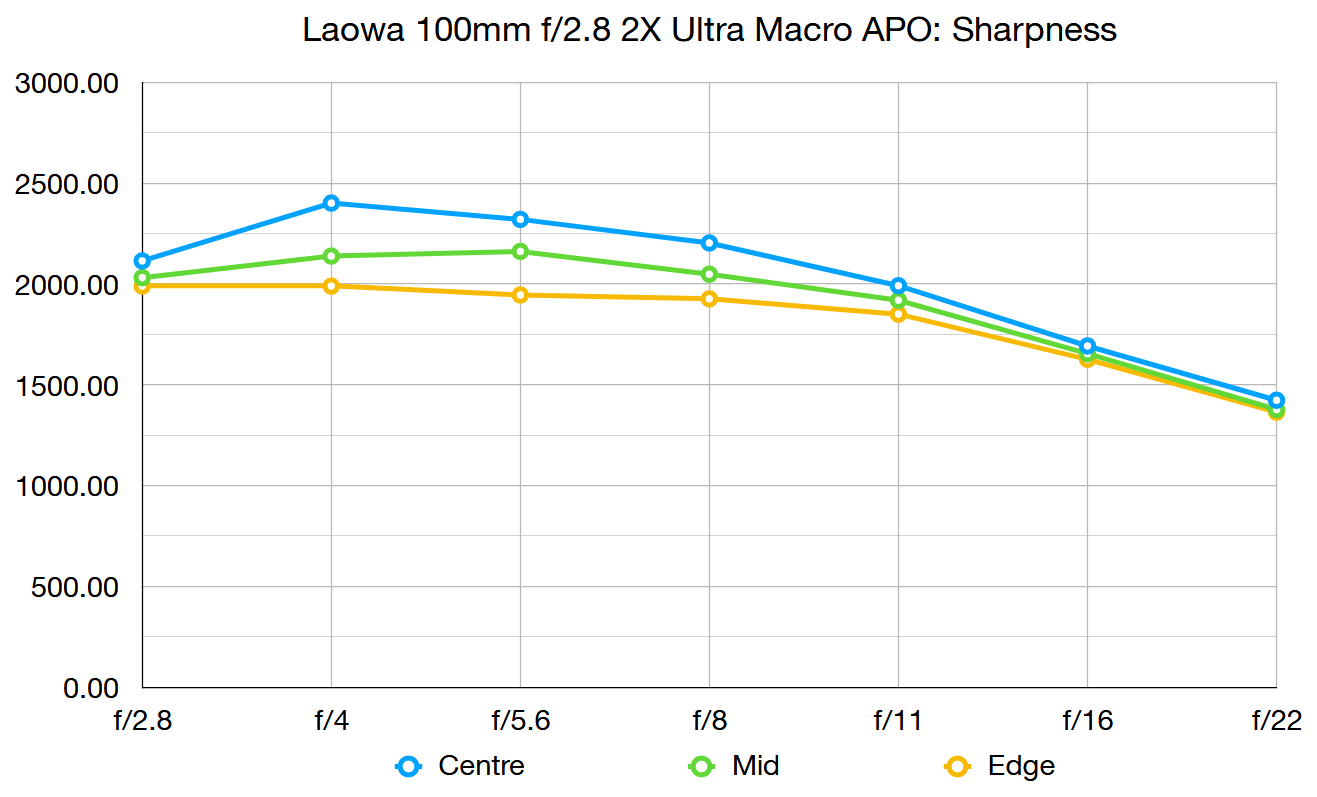
Levels of sharpness are fabulous even at f/2.8, right across the entire image frame, and remain so all the way to f/11. Sharpness drops off a little at f/16 and f/22 but remains very good indeed, as well as being very consistent from centre to edge.
Fringing
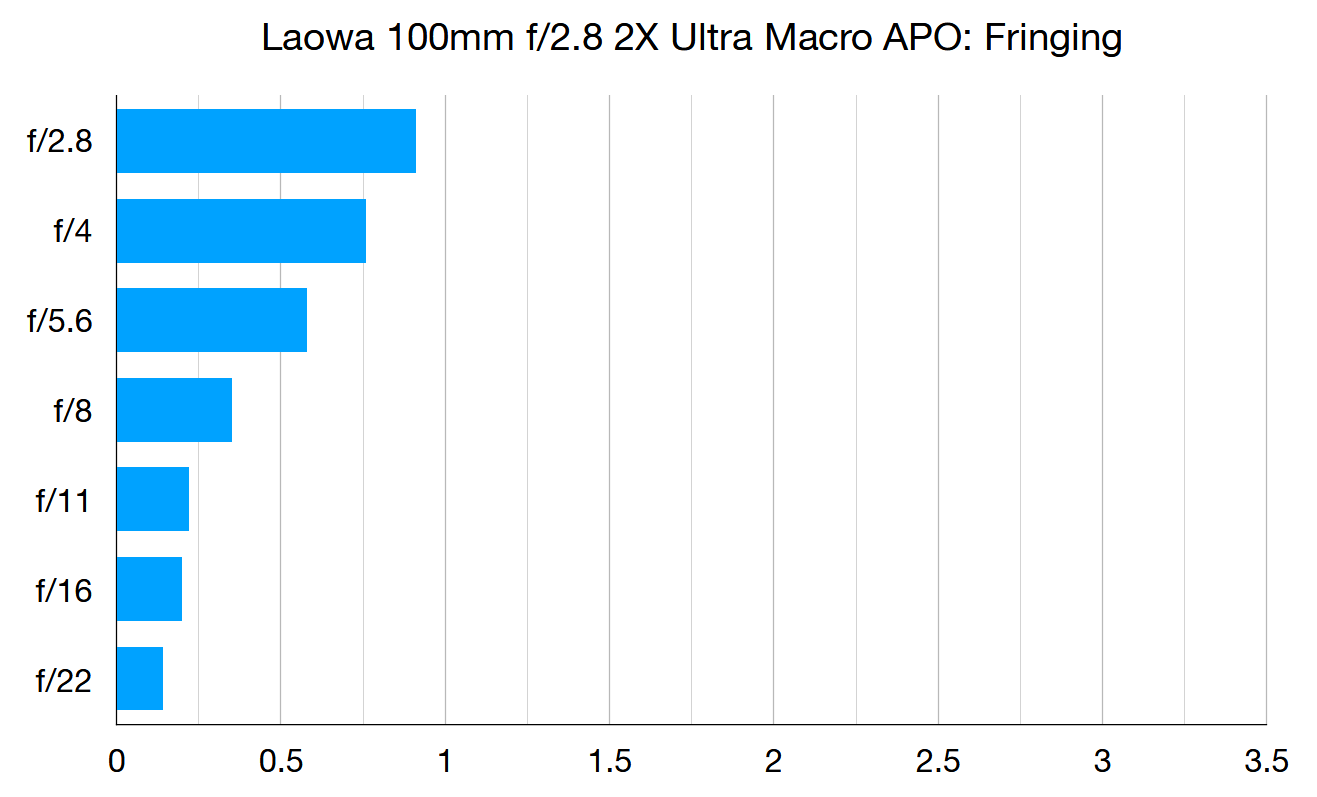
Colour fringing is entirely negligible throughout the aperture range, even at the extreme edges and corners of the image frame.
Distortion: -0.89
Minimal distortion can be important in some types of macro photography. The Laowa produces a very minimal pincushion effect but it’s of a uniform nature and easy to correct.
Verdict
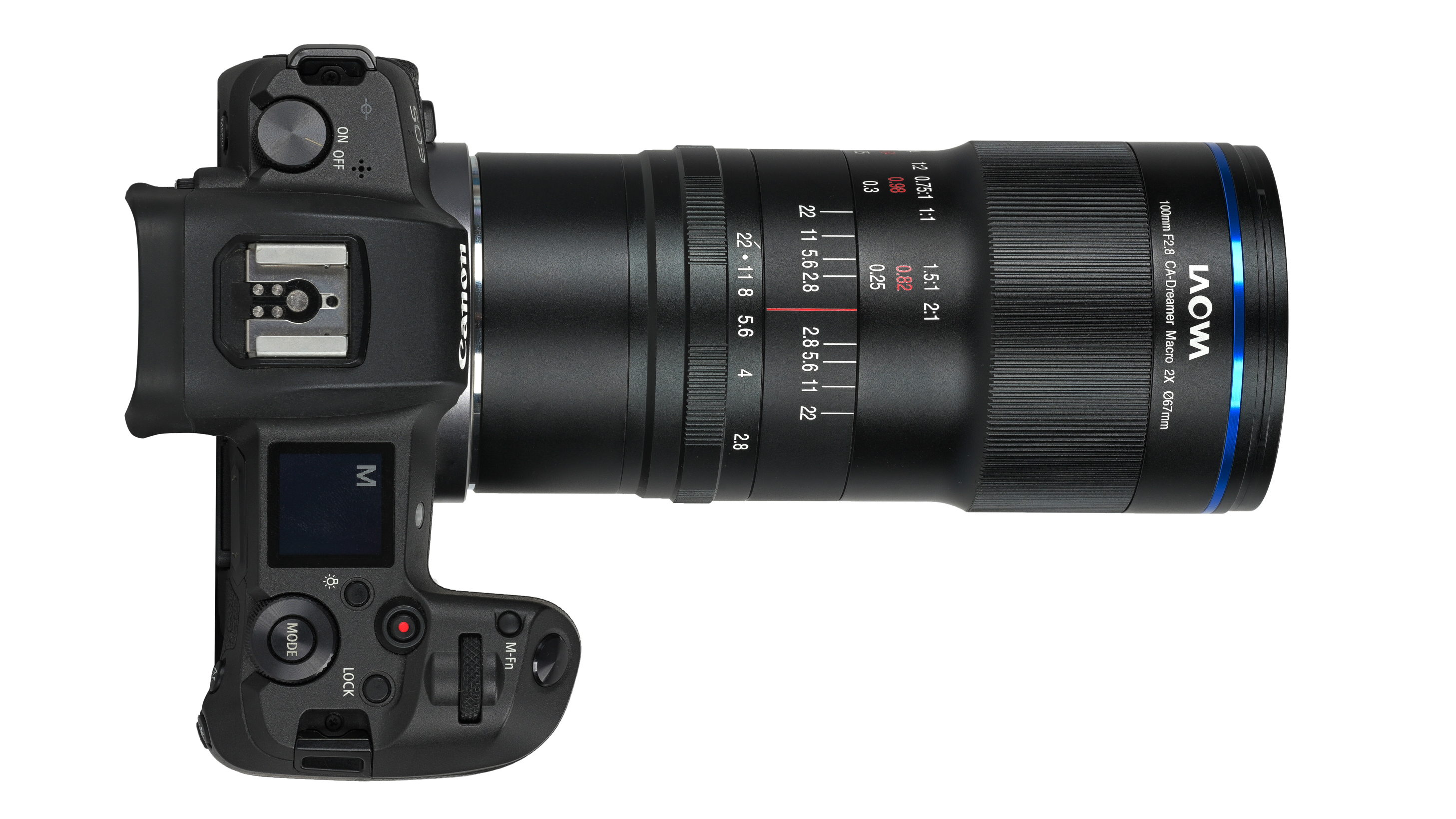
Despite being a fully manual lens, the Laowa works really well on mirrorless cameras. Handling is refined and it’s capable of resolving incredibly fine detail. Shooting at the maximum 2.0x magnification factor can be a technical challenge in terms of focusing accuracy and keeping the camera absolutely steady, but the reward can be very striking images.
Read more:
Matthew Richards is a photographer and journalist who has spent years using and reviewing all manner of photo gear. He is Digital Camera World's principal lens reviewer – and has tested more primes and zooms than most people have had hot dinners!
His expertise with equipment doesn’t end there, though. He is also an encyclopedia when it comes to all manner of cameras, camera holsters and bags, flashguns, tripods and heads, printers, papers and inks, and just about anything imaging-related.
In an earlier life he was a broadcast engineer at the BBC, as well as a former editor of PC Guide.
